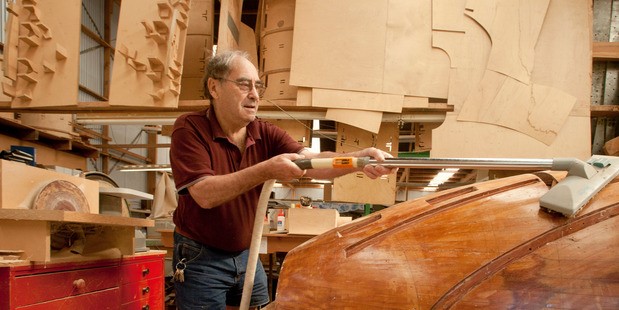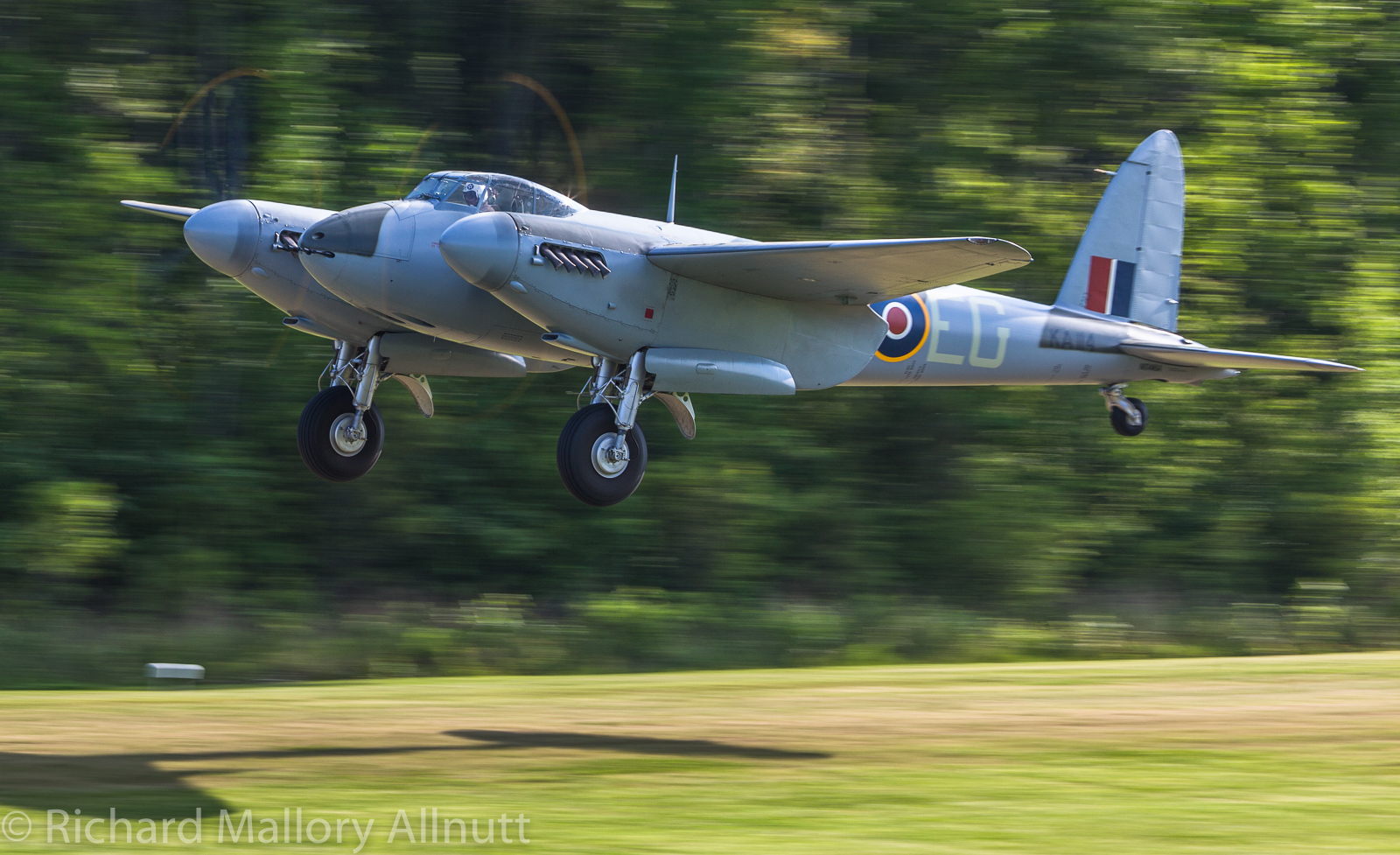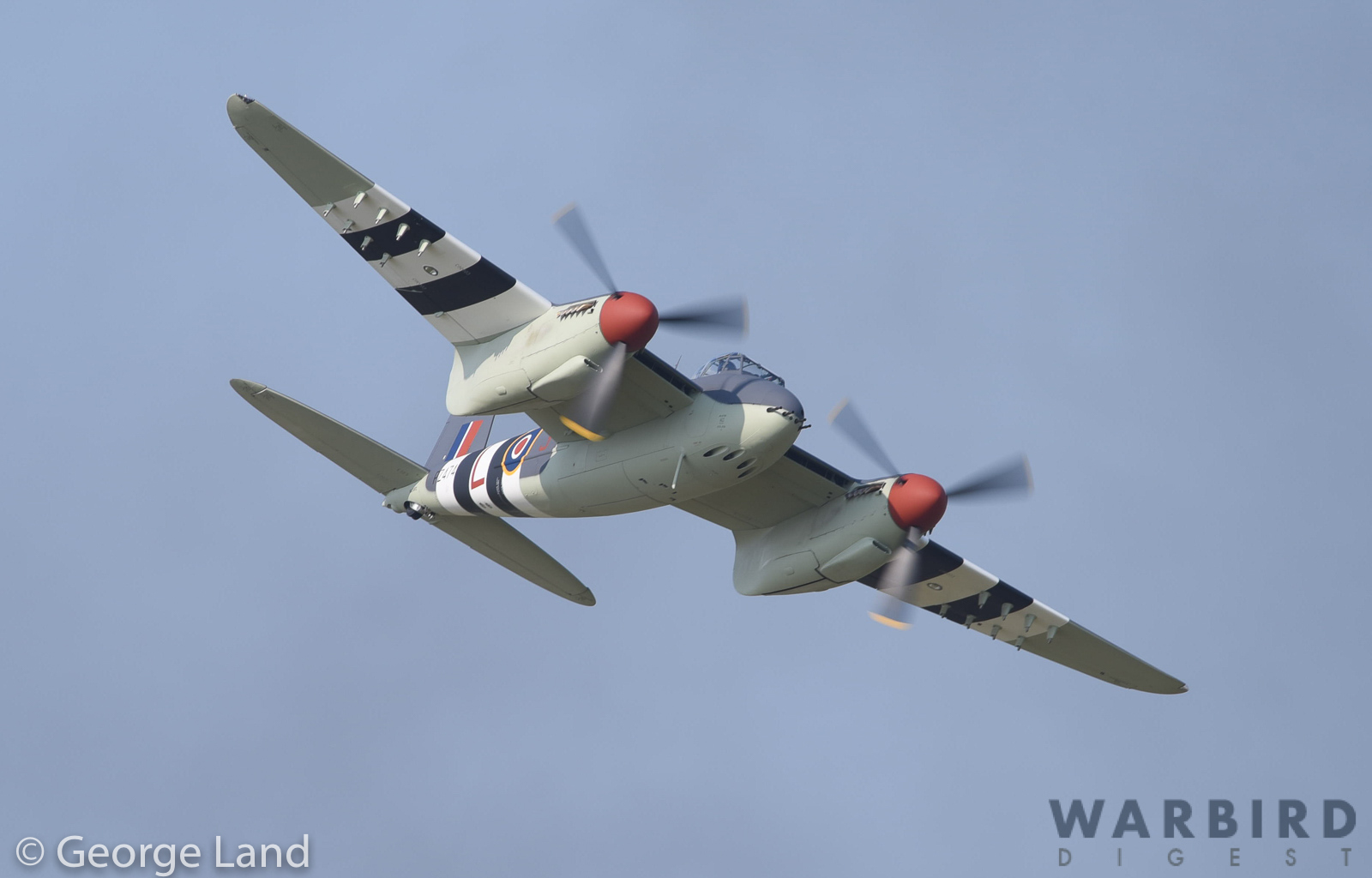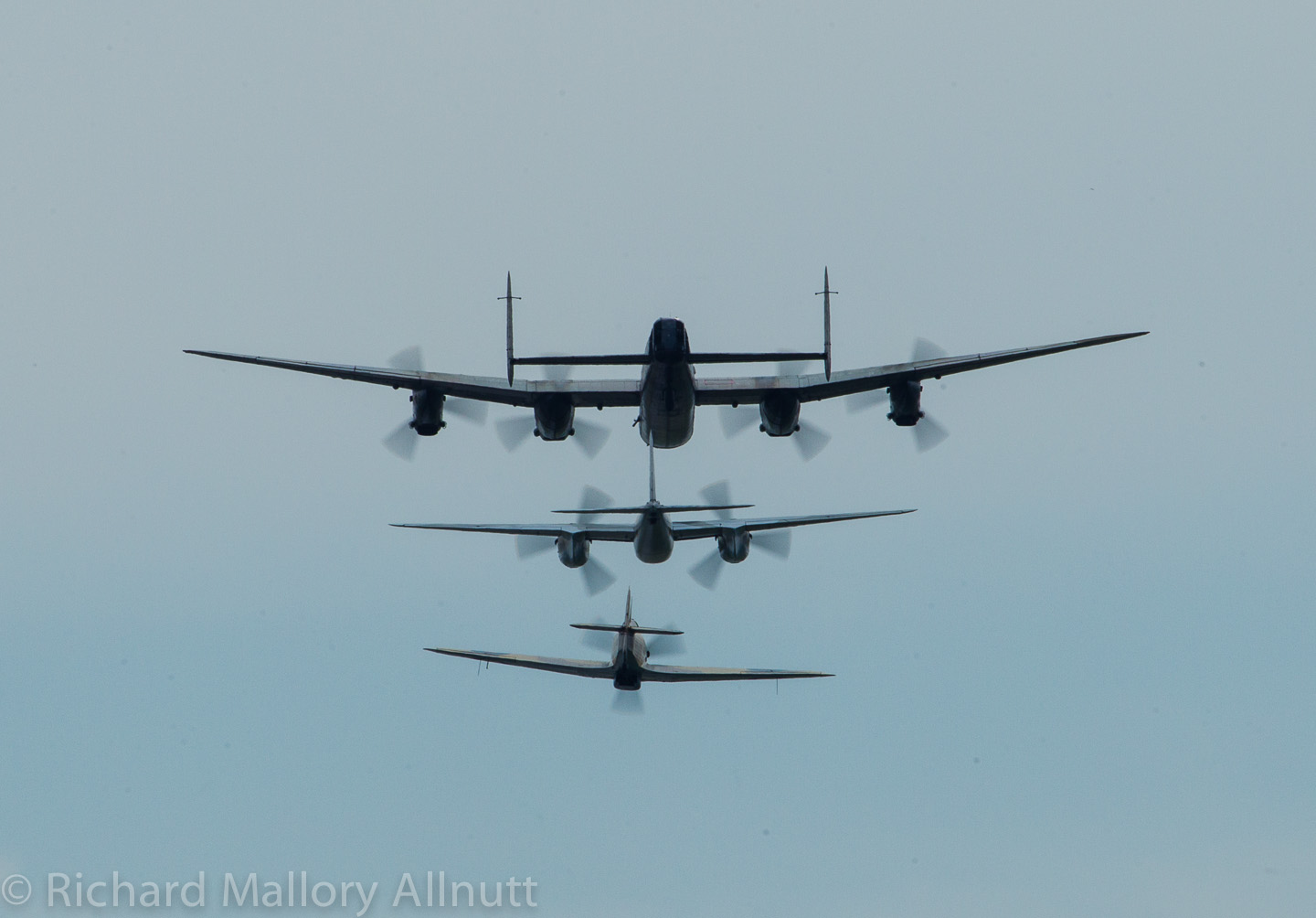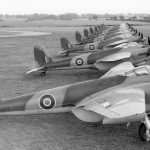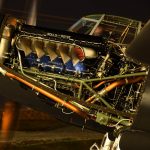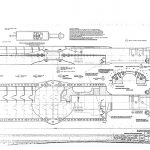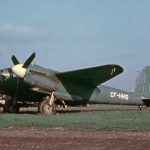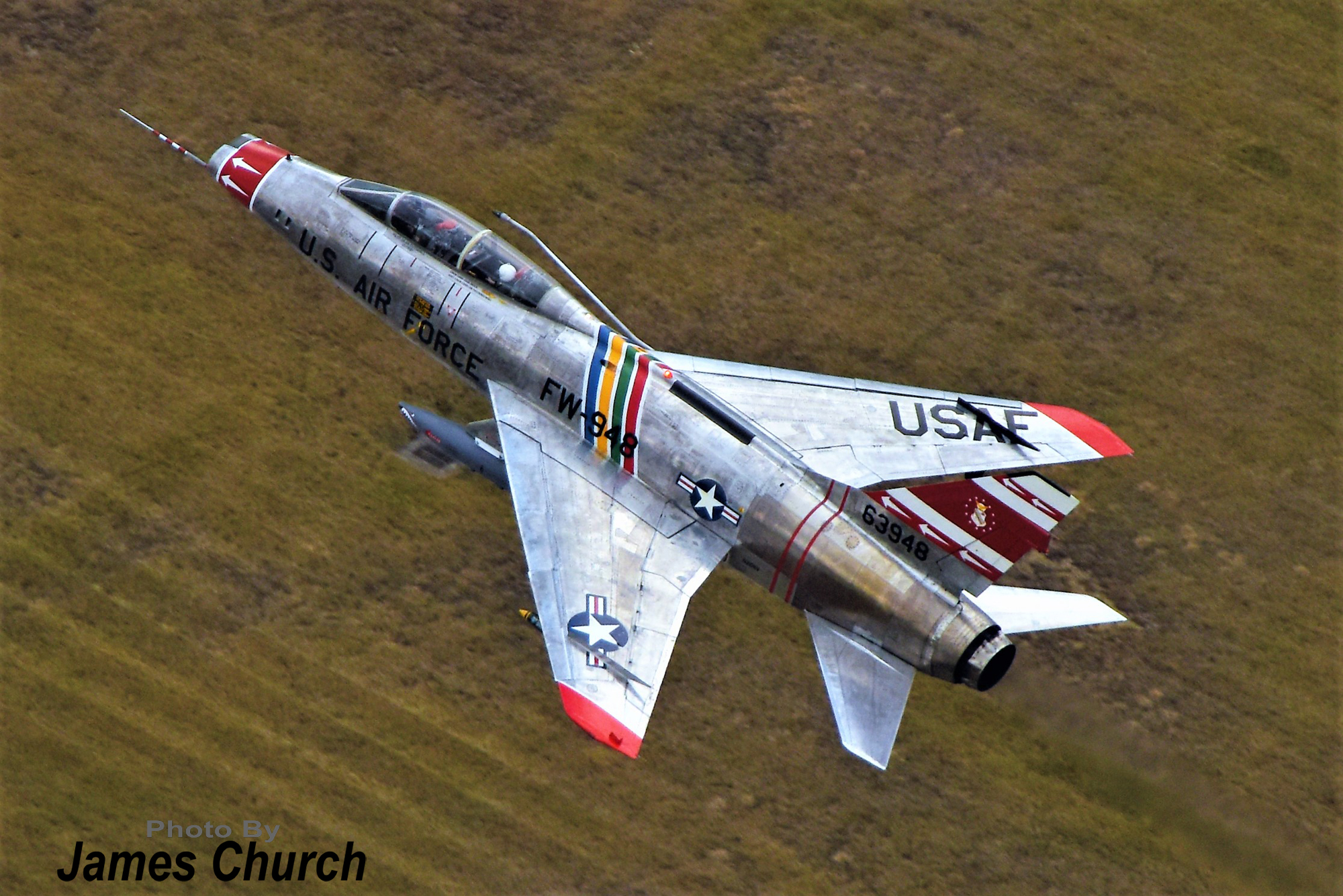The vintage aviation community lost one of its true champions in recent days with the passing of the legendary Glyn Powell in New Zealand. Soft spoken and humble, Glyn was the driving force behind the resurrection of the magnificent deHavilland DH.98 Mosquito. Through his decades of dedication, he and his team were able to build accurate new moulds for forming the Mosquito’s delicate plywood fuselage – a feat once thought impossible. It was a massive, not to mention time consuming and expensive undertaking. He also amassed a staggering collection of original Mosquito components, design drawings and manufacturing knowledge. As a result, the type now boasts three flying examples that owe their existence directly to Glyn Powell’s efforts, with a further three Mosquitos currently under restoration that the man had a hand in as well.
When the first of Glyn’s projects took to the skies on September 27th, 2012 (FB.26 KA114 for the Military Aviation Museum) it also marked the first flight for the entire type since the tragic loss of T.Mk.III RR299 and her crew in July, 1996.
September 27th, 2012 was also a red letter day for New Zealand, establishing the nation as a truly major player in the vintage aviation restoration world. Glyn Powell and his team at Mosquito Aircraft Restorations, in close collaboration with the restoration shop Avspecs Ltd. in Ardmore, had achieved something which most people had long thought impossible – rebuilding a Mosquito from a tattered, rotten hulk back into flying condition.
Two further Mosquitos which started out in Glyn Powell’s shop have flown since KA114, again with major collaboration from Avspecs. These two include the Flying Heritage & Combat Armor Museum’s T.Mk.III TV959 in September, 2016 and Rod Lewis’s FB Mk.VI PZ474 in January 2019.
As mentioned earlier, Glyn Powell has had a hand in the restoration of three additional Mosquitos that in are currently in the works. These include B Mk.35 TA661 which the Canadian Historical Aircraft Association are restoring as KB161 in Windsor, Ontario. The fuselage for this aircraft was the first off the moulds which Glyn Powell made, and started out as a non-airworthy proving effort for the project, which had originally been to static condition. However, this initial fuselage was manufactured to such fine condition that the project is now being restored to flying condition. Glyn Powell’s team have also been working with the People’s Mosquito in England, helping them with their long-term plans to build an airworthy Mosquito. Glyn’s workshop had also been rebuilding his own project, an Australian-built former RAAF T Mk.43 A52-1054 which also served in the Royal New Zealand Air Force as NZ2308. This example seems destined for the Mosquito Pathfinder Trust in England. Glyn Powell also had the remains of several other Mosquitos in his collection – perhaps one day these too will find their way back into the air.
What is clear, however, is the enormous contribution that Glyn Powell made in preserving these aircraft as living, breathing machines – and by so doing, preserving the stories of so many whom played a role in the type’s existence… His dream lives on. Blue Skies Mr. Powell, we salute you!
For those looking for a more intimate look at Glyn Powell and his work on the Mosquito, we published a marvelous story earlier this year written originally by Travis Kircher for GlobalAir







